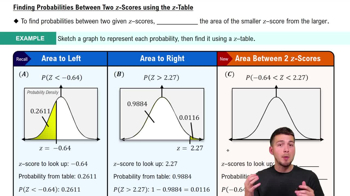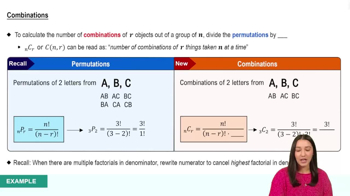Here are the essential concepts you must grasp in order to answer the question correctly.
Two-Way ANOVA
Two-way ANOVA (Analysis of Variance) is a statistical method used to determine the effect of two independent categorical variables on a continuous dependent variable. It allows researchers to assess not only the individual impact of each factor but also any interaction effects between them. This technique is particularly useful when analyzing complex datasets with multiple factors.
Recommended video:
Probabilities Between Two Values
Factor Interaction
Factor interaction occurs when the effect of one independent variable on the dependent variable differs depending on the level of another independent variable. In the context of two-way ANOVA, understanding interaction is crucial as it can reveal whether the combined influence of factors is greater or less than their individual effects. This can significantly affect the interpretation of results.
Recommended video:
Data Transposition
Data transposition involves switching the rows and columns of a data table, which can change the way factors are represented in an analysis. In the context of two-way ANOVA, transposing the table may affect the interpretation of the factors and their interactions, but the underlying data remains the same. It is essential to understand how this change can influence the analysis and results.
Recommended video:
Visualizing Qualitative vs. Quantitative Data






